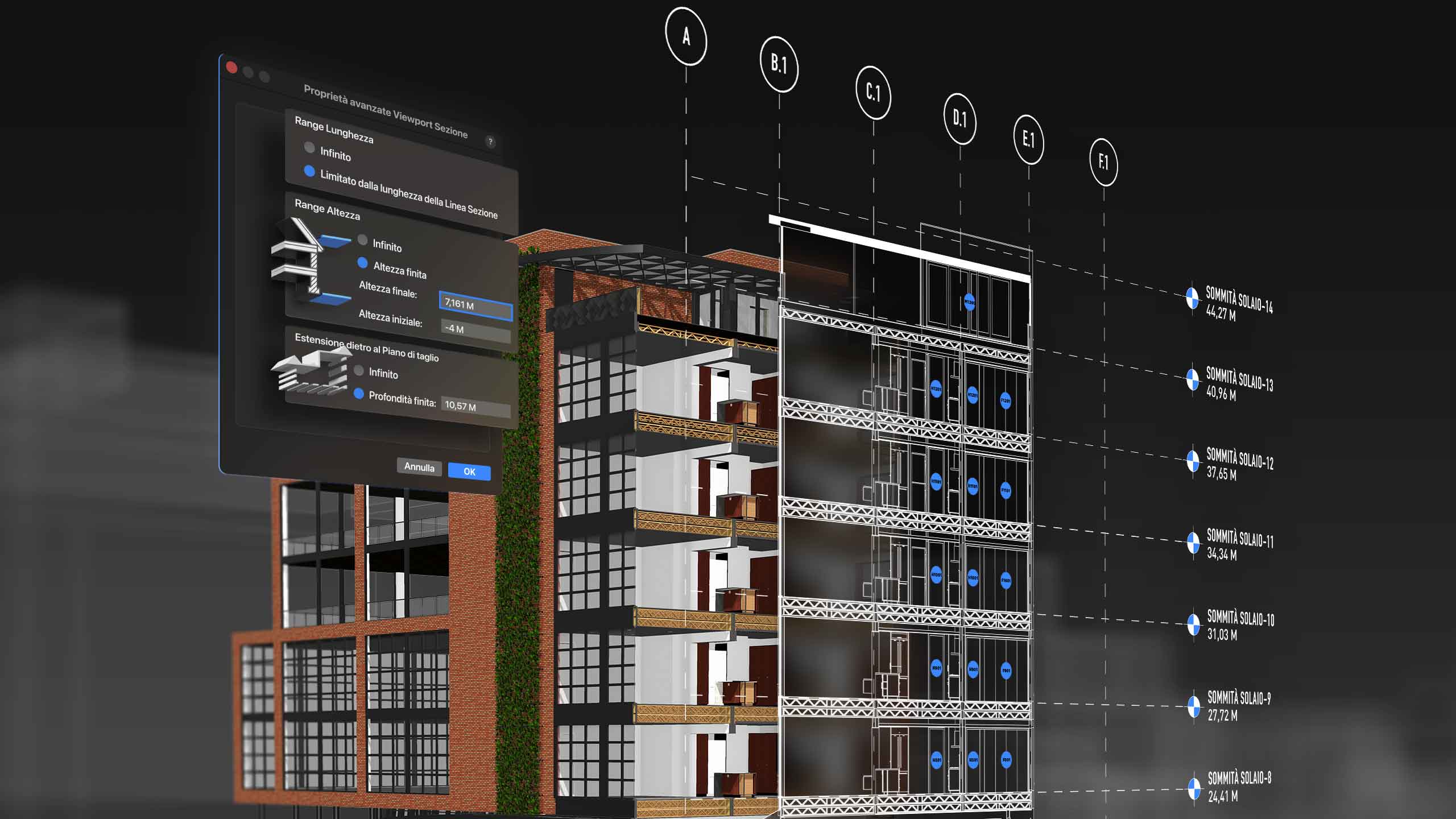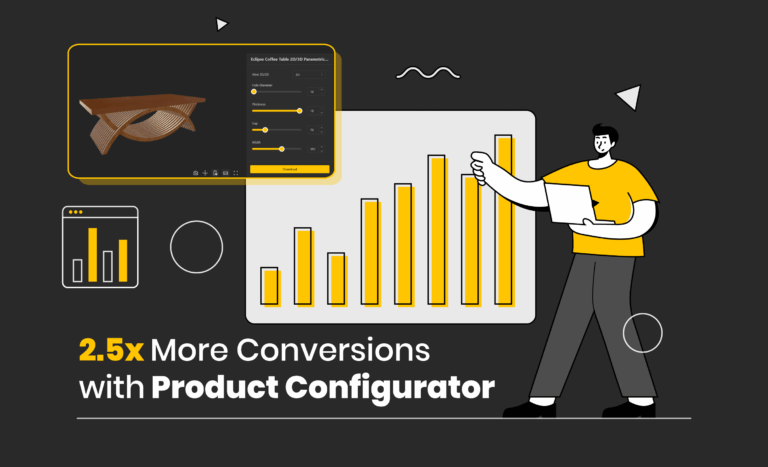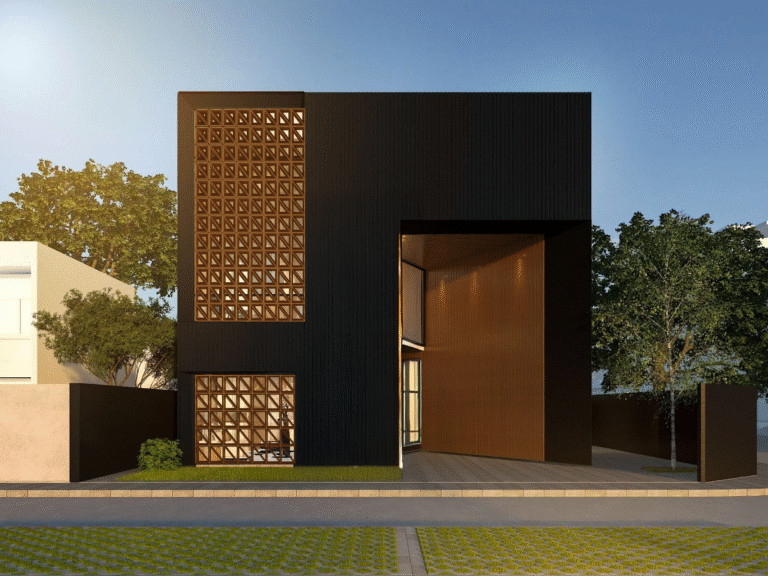Table of Contents
Where years ago hand drawn artworks by architects enabled people to create marvels, today’s rapid development in visual and back-end software in the field has allowed the industry to grow multifold today – and it has been difficult as designers to keep up!
Thanks to cutting-edge software tools that make project management, design, and construction more efficient, innovative, and collaborative, the Architecture, Engineering, and Construction (AEC) industry is rapidly advancing. Let’s take a deep dive into the top trends of software developments in AEC that are reshaping the industry every day – and how we can incorporate them into our design processes!
Rise of Cloud-Based Collaborations Tools
Increased Adoption of SaaS Platforms
AEC companies are increasingly using Software-as-a-Service (SaaS) platforms to streamline collaboration across dispersed teams, allowing for real-time updates and data sharing. Notable platforms like Autodesk BIM 360, Procore, Beegraphy, and Trimble Connect offer cloud-based project management that integrates smoothly with various design tools and supports multiple project stakeholders.
Example: Procore’s Growth in Global Markets
Procore’s recent growth reflects the industry shift toward cloud-based collaboration. In 2023, Procore reported 12,000+ companies using its platform globally, representing 23% year-over-year growth.
Key Statistic
The global construction collaboration software market is projected by Precedence Research to surpass $8.9 billion by 2034, driven by increased cloud adoption in the AEC sector.
Building Information Modeling Integration

A BIM Model of UCL’s Proton Beam Cross Section (Image Source: STW Architects)
BIM: A Global Standard
Building Information Modeling (BIM) has become essential software developments in AEC industry, with governments and private organizations worldwide mandating BIM to improve design accuracy and project management. BIM’s ability to produce comprehensive digital models that reflect both the physical and functional properties of buildings is now seen as a crucial part of AEC workflows.
Example: UK’s BIM Requirements for Public Projects
In the UK, BIM Level 2 is mandated for all public sector projects, setting a precedent for BIM integration across global construction standards.
Key Statistic
According to Dodge Data & Analytics, 79% of U.S. contractors use BIM on at least some projects, with 38% using it extensively.
AI and Machine Learning in Design & Construction
AI-Powered Tools for Predictive Analysis and Risk Management
Artificial Intelligence (AI) and machine learning are transforming AEC by enhancing predictive analytics, risk management, and even automating aspects of design processes. For example, Autodesk’s Generative Design tool in Revit uses AI to explore optimized design solutions based on input constraints, helping teams streamline the design process and make informed decisions.
Example: Autodesk’s Generative Design
Autodesk Revit’s generative design feature enables architects and engineers to rapidly generate and assess design variations, optimizing for factors like cost, materials, and space efficiency.
Key Statistic
AI in construction is forecasted by Fortune Business Insights to grow from $3.93 billion in 2024 to $22.68 billion by 2032, with machine learning among the fastest-growing applications.
The Role of Digital Twins
What are Digital Twins?
Digital twin technology enables AEC professionals to create real-time virtual replicas of structures for monitoring and management. These virtual models allow for real-time insights into building performance, predictive maintenance, and improved lifecycle management.
Example: Singapore’s Virtual Singapore Project
Singapore’s “Virtual Singapore” is an ambitious digital twin of the city that enables urban planners to test scenarios for city development, energy use optimization, and improved public services.
Key Statistic
Gartner predicts that by 2025, 50% of large industrial firms are expected to adopt digital twins, which could improve project effectiveness by 10%.
Modular Construction and Prefabrication

A Pre-Fabricated building under construction (Image Source: EPACK PreFab)
Prefabrication Supported by Software Advances
Software developments in AEC has accelerated the adoption of modular construction and prefabrication, with tools like Tekla Structures and StruSoft FEM-Design managing prefabricated components for more efficient off-site assembly, reducing construction times and enhancing quality control.
Example: Modular High-Rise in Singapore
Singapore recently completed a 40-story modular building in 2022, utilizing prefabricated modules supported by advanced software solutions to streamline the construction process.
Key Statistic
The global modular construction market is expected to grow at 7.5% annually from 2023 to 2030, according to Grand View Research, due in part to software developments in AEC.
Virtual and Augmented Reality Software Developments in AEC
Immersive Visualization Tools in AEC
Virtual Reality (VR) and Augmented Reality (AR) technologies enable architects, engineers, and clients to immerse themselves in project designs, identifying potential issues early and enhancing project presentations.
Example: Zaha Hadid Architects and VR
Zaha Hadid Architects regularly uses VR to provide clients with immersive design previews, enhancing decision-making before construction begins.
Key Statistic
The market for VR in construction is projected to grow at a 27.5% CAGR from 2023 to 2030, according to Grand View Research.
Green Building and Sustainability Software Developments
Tools Supporting Sustainable Design and Compliance
Sustainability has become a priority across the AEC industry, and software tools are aiding firms in achieving eco-friendly designs through features like energy modeling, carbon tracking, and sustainable material selection. Tools like IESVE and Tally facilitate sustainable practices by enabling firms to comply with green standards like LEED certification.
Example: LEED-Certified Projects with Autodesk Revit and Rhino Grasshopper
Autodesk Revit and Rhino Grasshopper are instrumental in designing for LEED-certified projects, providing essential tools for measuring and minimizing environmental impacts.
Key Statistic
Dodge Data & Analytics reports that over 60% of contractors consider sustainability a key part of their business strategy, influencing software advancements in green building.
Robotics and Automation in Construction
Robotics Enhancing On-Site Efficiency
The integration of robotics within software developments in AEC is transforming repetitive, labor-intensive tasks. Automation tools, often integrated with BIM software, are assisting with processes such as surveying, bricklaying, and concrete pouring, significantly reducing project timelines and human error.
Example: Skanska’s Use of Robotics
Skanska is implementing robotics combined with BIM for tasks like surveying and concrete work, demonstrating how automation enhances both efficiency and safety on-site.
Key Statistic
The construction robotics market is projected by KBV Research to reach $2.4 billion by 2028, growing at a CAGR of 16.8%.
Cloud-Based Collaborations through Beegraphy
The ongoing software developments in AEC is driving significant transformation in project management, design, and construction. From cloud collaboration and AI to digital twins and sustainability-focused software, these advancements are paving the way for a more efficient and digitally connected AEC industry.
Beegraphy is at the forefront of this digital transformation, providing a web-based, collaborative computational design platform for AEC professionals. Known as the “Google Docs for Computational Design,” Beegraphy’s platform enables seamless, real-time design collaboration with IP protection and a unique configurator mode, making it easier for designers, architects, and engineers to work together globally. To discover how Beegraphy can support your next AEC project, visit Beegraphy.com.










